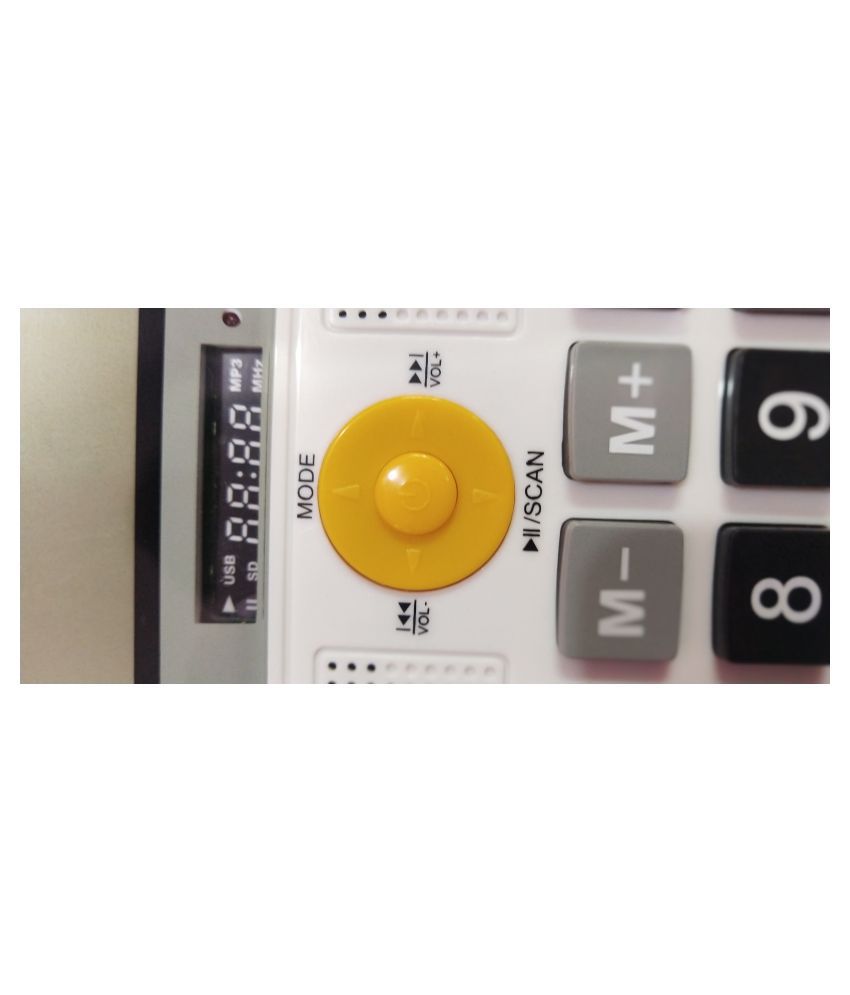

The translation layer works in the background whenever you use an app built only for Mac computers with an Intel processor, and automatically translates the app for use with Apple silicon the first time the app is run. Rosetta 2 is the translation layer that enables a Mac with Apple silicon to use apps built for an Intel-based Mac. He's been gaming since the Atari 2600 days and still struggles to comprehend the fact he can play console quality titles on his pocket computer.Macs powered by Apple silicon, such as the MacBook Pro models featuring M1, M1 Pro, and M1 Pro Max chips, can run both iOS apps and Mac apps, but they can also run x86-64 software that's been built to work on Intel architecture, thanks to something called Rosetta 2. Oliver also covers mobile gaming for iMore, with Apple Arcade a particular focus. Current expertise includes iOS, macOS, streaming services, and pretty much anything that has a battery or plugs into a wall. Since then he's seen the growth of the smartphone world, backed by iPhone, and new product categories come and go.

Having grown up using PCs and spending far too much money on graphics card and flashy RAM, Oliver switched to the Mac with a G5 iMac and hasn't looked back. At iMore, Oliver is involved in daily news coverage and, not being short of opinions, has been known to 'explain' those thoughts in more detail, too. He has also been published in print for Macworld, including cover stories. Oliver Haslam has written about Apple and the wider technology business for more than a decade with bylines on How-To Geek, PC Mag, iDownloadBlog, and many more.


 0 kommentar(er)
0 kommentar(er)
